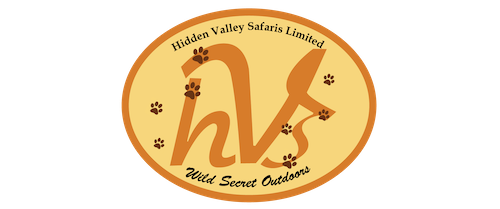RUAHA NATIONAL PARK
SOUTHERN ZONE
The Mahale area is a truly unique place, with a plethora of fascinating flora and fauna waiting to be discovered. For instance, did you know that it contains the world’s largest protected population of the eastern subspecies of Chimpanzee, numbering between roughly 700 to 1000 individuals? This is just one of the many exciting things that Mahale has to offer.
In addition, the area is home to at least 337 bird species, many of which are rare and endemic to the Albertine Rift, such as the majestic Pel’s fishing owl. What’s more, the park is made up of a wonderful tapestry of overlapping rainforest, woodland, bamboo forest, Montane forest, and mountain grasslands, creating a rich and diverse mix of flora and fauna that are intimately connected to these varied habitats.
Aside from the chimpanzees, there are 8 (and possibly 9) other primate species that call Mahale home, including yellow baboons, blue monkeys, red colobus, pied colobus, vervet monkeys, and two or three species of Galago. And let’s not forget about Lake Tanganyika, which is part of Mahale, and is both the world’s second longest and second deepest freshwater lake, measuring a staggering 673 kilometers in length and 60-80 kilometers in width.
This remarkable body of water is home to at least 400 species of fish, about 250 of which are cichlids, and an incredible 98% of which are endemic to Lake Tanganyika alone, meaning that they can’t be found anywhere else on earth. If you’re looking for an adventure like no other, Mahale is most definitely the place to be!
FACTS
TYPOGRAPHY | ACTIVITIES|ACCOMODATION|SPECIES|
TOPOGRAPHY
- riverine grassland
- rocky hilltops
ACTIVITIES
- Day game drives and night game drive
- Walking safaris
- Bird watching
ACCOMODATION
- Public campsites.
- Special campsites.
- Seasonal campsites.
- Hostels
SPECIES
Mahale contains 8 (Possibly 9) primates in addition to chimps; these are yellow baboons, blue monkeys, red colobus, pied colobus, and vervet monkeys two or three species of Galago.
